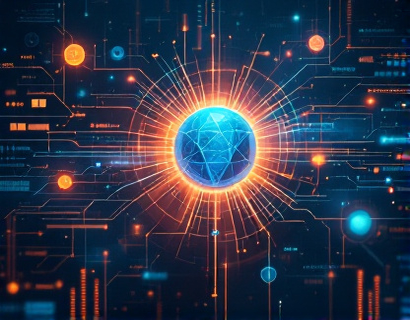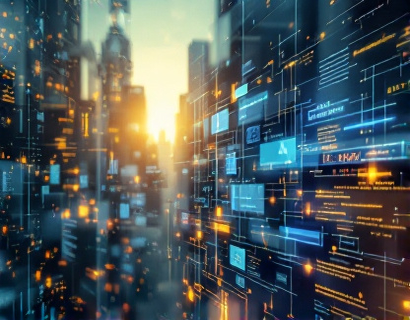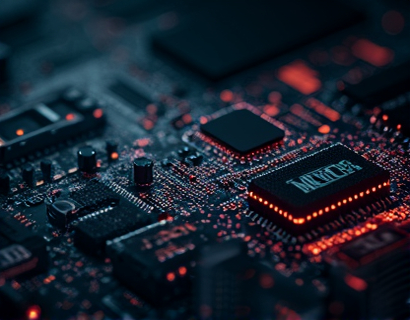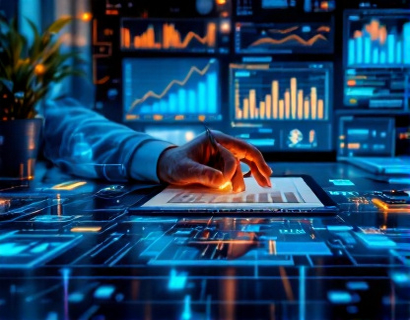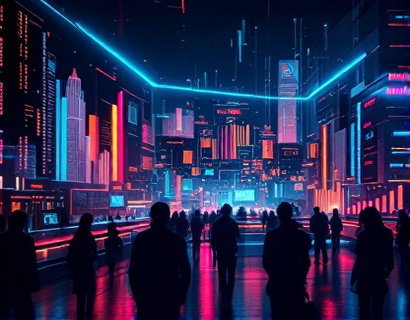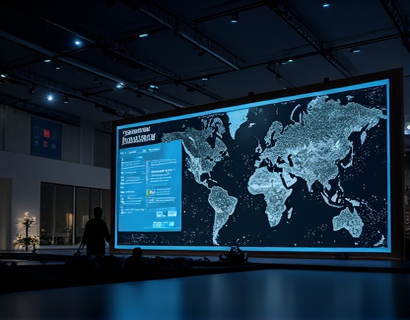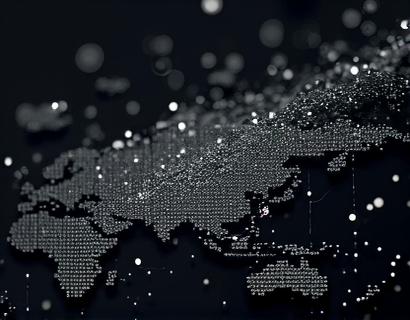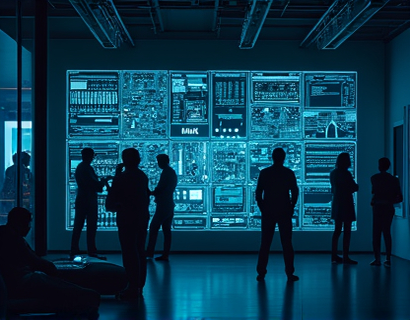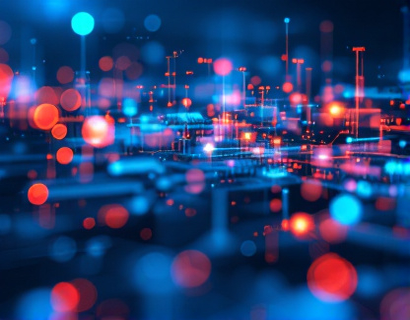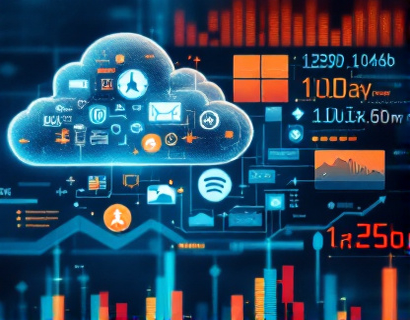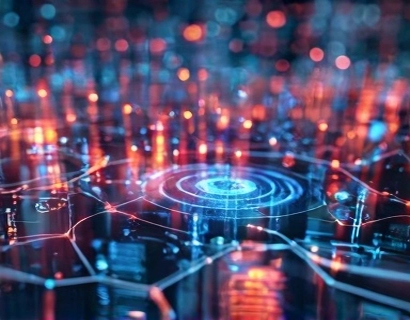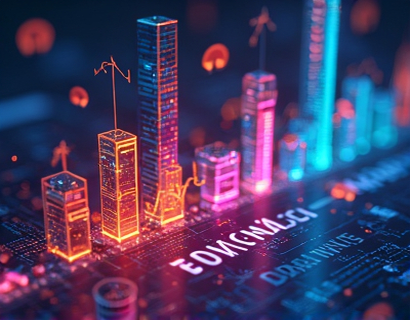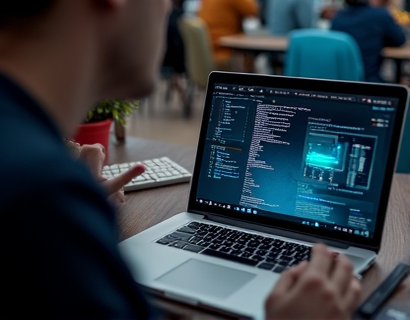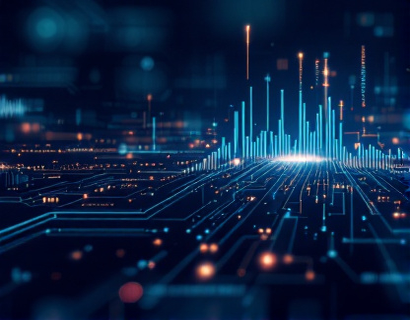Decentralized Productivity Supercharged: Integrating AI and Crypto for Next-Gen App Ecosystems and Enhanced User Experience
The intersection of cryptocurrency and artificial intelligence (AI) is giving rise to a new era of decentralized applications that promise to supercharge productivity and transform user experience. This article delves into the transformative impact of merging these two cutting-edge technologies to create the next generation of app ecosystems. For tech enthusiasts, AI aficionados, early adopters of digital solutions, and professionals seeking enhanced efficiency, understanding this convergence is crucial. We will explore how decentralized platforms leveraging AI and crypto are redefining the way we interact with technology and manage our daily tasks.
The traditional centralized app models have been the backbone of digital productivity for decades. However, these models often suffer from bottlenecks, single points of failure, and privacy concerns. The emergence of decentralized applications, or dApps, addresses these issues by distributing control across a network of nodes, ensuring transparency, security, and user ownership. When AI is integrated into this decentralized framework, the potential for innovation and efficiency becomes immense.
One of the key advantages of decentralized app ecosystems is their ability to operate without intermediaries. This not only reduces costs but also enhances trust among users. Blockchain technology, the foundation of cryptocurrency, provides a tamper-proof ledger that ensures data integrity and immutability. This is particularly important for productivity tools where data accuracy and reliability are paramount. By storing data on a decentralized network, users can access and collaborate on information without worrying about data loss or unauthorized access.
AI, on the other hand, brings intelligent automation and personalized experiences to these decentralized platforms. Machine learning algorithms can analyze vast amounts of data to identify patterns, predict trends, and automate repetitive tasks. In a decentralized context, AI can be deployed across the network, enabling smart and adaptive applications that learn from user interactions and improve over time. This synergy between AI and decentralization creates a powerful toolset for enhancing productivity and user experience.
Let's consider a practical example to illustrate this integration. Imagine a decentralized project management tool that uses AI to optimize task allocation and workflow. Users can create projects and assign tasks to team members without a central authority dictating the process. The AI component analyzes historical data and real-time inputs to suggest the most efficient task distribution based on each member's availability, skills, and past performance. This not only streamlines the workflow but also ensures that tasks are completed by the most suitable team members, reducing delays and increasing overall productivity.
Another area where AI and decentralization converge is in the realm of smart contracts. These self-executing contracts with the terms directly written into code can automate various business processes. For instance, in a decentralized supply chain management system, smart contracts can track the movement of goods, verify transactions, and ensure compliance with contractual obligations. AI can enhance this system by predicting demand, optimizing inventory levels, and identifying potential bottlenecks. The combination of AI-driven insights and smart contract enforcement creates a robust and efficient supply chain that is less prone to human error and manipulation.
The user experience in decentralized app ecosystems is significantly enhanced by the integration of AI. Personalization is a key aspect, as AI can tailor the app's functionality to individual user preferences and behaviors. For example, a decentralized productivity suite can use AI to learn a user's habits and suggest custom workflows, reminders, and notifications. This level of personalization is difficult to achieve in centralized systems due to data silos and privacy concerns. In a decentralized model, users have full control over their data, and AI can process this data locally or on a secure decentralized network, ensuring privacy while providing a tailored experience.
Moreover, the decentralized nature of these apps fosters a community-driven development process. Developers and users can contribute to the app's evolution through open-source contributions, bug reports, and feature requests. AI can facilitate this process by analyzing user feedback and suggesting improvements or new features based on collective input. This collaborative approach not only accelerates innovation but also ensures that the app meets the actual needs of its users.
Security is another critical factor where decentralized AI-powered apps excel. Centralized systems are often targeted by hackers due to their single point of failure. In contrast, decentralized networks distribute risk across multiple nodes, making it harder for malicious actors to compromise the entire system. AI can further enhance security by detecting and mitigating threats in real-time. For instance, anomaly detection algorithms can identify unusual patterns that may indicate a security breach and trigger automated responses to neutralize the threat.
The economic incentives provided by cryptocurrency also play a role in fostering a robust and active user base. In a decentralized app ecosystem, users can be rewarded with tokens for contributing value, such as providing computational power, verifying transactions, or creating high-quality content. These tokens can be used within the ecosystem or exchanged for other cryptocurrencies or fiat currencies. AI can optimize the distribution of these incentives to encourage desired behaviors and maintain the health of the network. For example, AI can analyze user engagement and adjust token rewards to ensure active participation and prevent centralization of power.
Scalability is another challenge that decentralized apps face, but AI can help address this issue. By predicting user demand and dynamically allocating resources, AI can ensure that the app remains responsive and efficient even as the user base grows. Load balancing and resource optimization algorithms can distribute tasks across the network, preventing any single node from becoming a bottleneck. This not only enhances performance but also reduces operational costs, making decentralized apps more viable in the long run.
To further enhance user experience, decentralized apps can integrate with other blockchain-based services and platforms, creating a seamless ecosystem. For instance, a decentralized productivity app can integrate with a blockchain-based identity verification service to ensure secure and private user authentication. AI can facilitate this integration by automating the process and ensuring compatibility across different platforms. This interconnectedness not only improves functionality but also provides users with a more comprehensive and integrated digital experience.
Looking ahead, the future of decentralized app ecosystems powered by AI and crypto is promising. As more developers and businesses recognize the potential of this combination, we can expect to see a proliferation of innovative applications across various industries. From finance and healthcare to education and entertainment, the possibilities are vast. Users will benefit from more secure, efficient, and personalized digital tools that empower them to achieve their goals with greater ease.
In conclusion, the integration of AI and cryptocurrency is revolutionizing the app ecosystem, paving the way for decentralized solutions that enhance productivity and user experience. By leveraging the strengths of both technologies, we can create a new generation of apps that are transparent, secure, and tailored to individual needs. As this field continues to evolve, tech enthusiasts and professionals alike should keep a close eye on these developments, ready to embrace the next wave of digital innovation.





